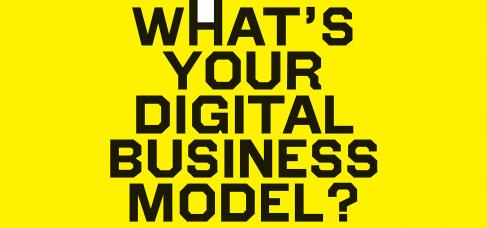The COVID-19 pandemic has exposed the opportunities open to those organizations that can change the way they operate, and the existential threat facing organizations that cannot break long-established routines. To create new types of value, organizations cannot just leverage existing strengths; they must also innovate to leverage powerful, readily accessible technologies. This briefing applies a theoretical perspective on why—despite overwhelming evidence that it is essential to do so—many organizations do not sense and respond to rapid changes in the business environment. These organizations have not invested the required time and attention in building the dynamic capabilities that underpin the ability to develop and sustain competitive advantage.[foot]David J. Teece, “Explicating Dynamic Capabilities: The Nature and Microfoundations of (Sustainable) Enterprise Performance,” Strategic Management Journal 28, no. 13 (2007): 1319–1350, https://onlinelibrary-wiley-com.ezproxy.canberra.edu.au/doi/10.1002/smj.640.[/foot]
Dynamic capabilities represent the “ability to integrate, build, and reconfigure internal and external competencies to address rapidly changing environments.”[foot]David J. Teece, Gary Pisano, and Amy Shuen, “Dynamic Capabilities and Strategic Management,” Strategic Management Journal 18, no. 7 (1997): 509–533, https://onlinelibrary-wiley-com.ezproxy.canberra.edu.au/doi/pdf/10.1002/(SICI)1097-0266(199708)18:7%3C509::AID-SMJ882%3E3.0.CO;2-Z.[/foot] Companies with strong dynamic capabilities are able to pivot during a crisis, develop new digital offerings, and experiment with new digital business models.











